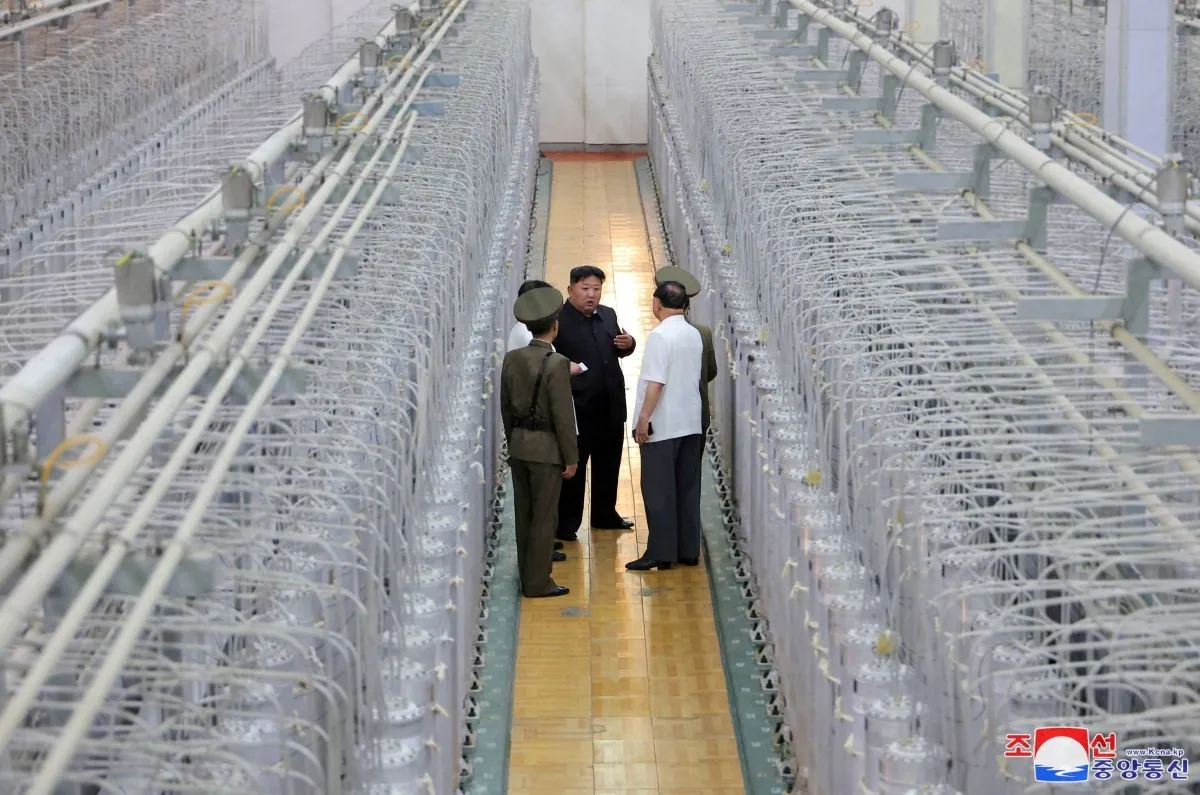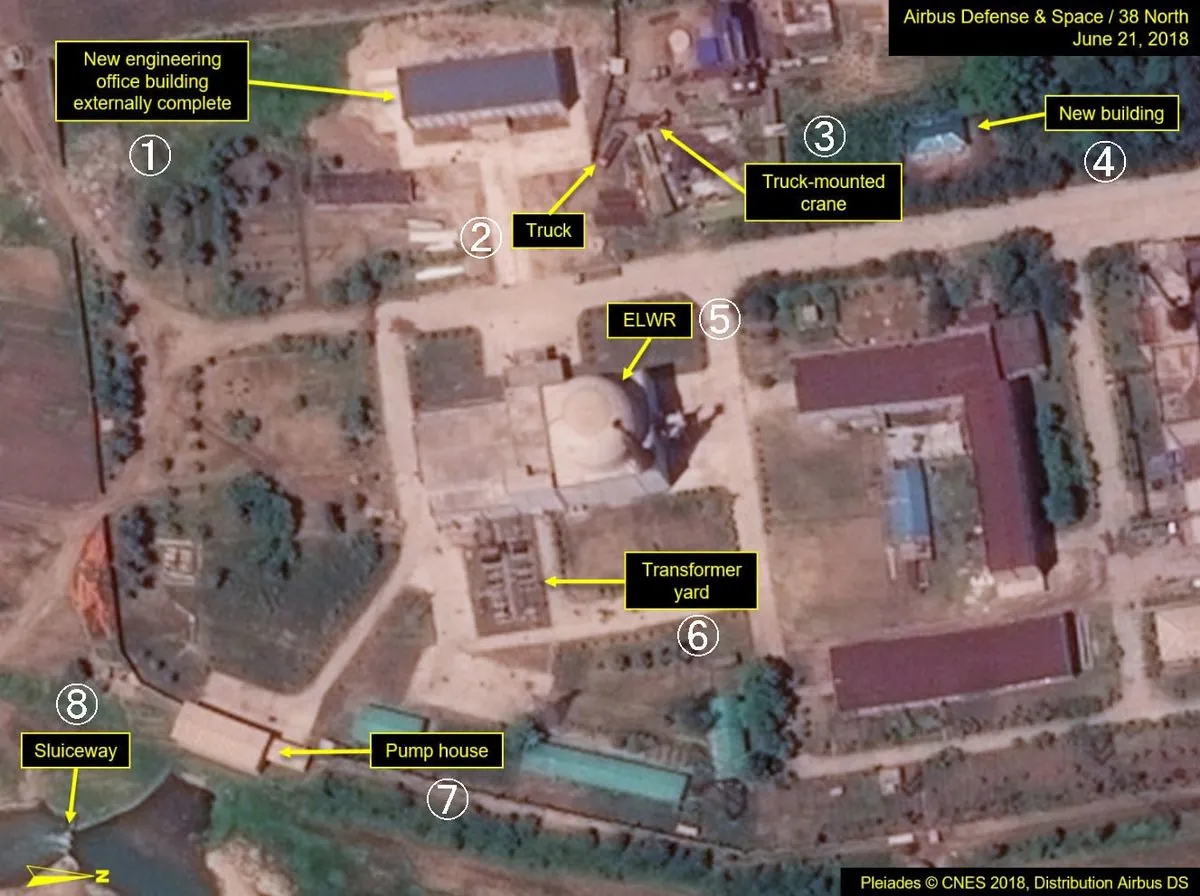North Korea Unveils Uranium Enrichment Site, Raising Nuclear Concerns
North Korea has revealed photos of a uranium enrichment facility, escalating tensions over its nuclear program. Experts estimate the country may possess up to 90 nuclear warheads, with potential for further expansion.

On September 13, 2024, North Korea made a significant move by disclosing photographs of a uranium enrichment site designed to produce weapons-grade fuel for its nuclear arsenal. This revelation has reignited concerns about the country's advancing nuclear capabilities and its implications for regional and global security.
North Korea's nuclear ambitions trace back to the 1950s, with the program gaining momentum in the early 2000s. The country justifies its nuclear arsenal as a necessary deterrent against perceived threats from the United States and its allies, stemming from the 1950-1953 Korean War. Pyongyang also views its nuclear capabilities as a source of national pride and a demonstration of its technological prowess.
According to recent estimates, North Korea may possess between 50 and 90 nuclear warheads. A July 2024 report by the Federation of American Scientists suggested that the country has produced enough fissile material for up to 90 warheads, though it likely has assembled closer to 50. Lee Sang-kyu, a nuclear engineering expert at South Korea's Korea Institute for Defense Analysis, projects that this number could rise to 166 by 2030.

The nuclear program relies on a network of facilities scattered across the country. These include uranium mines, enrichment facilities, nuclear reactors, and weapons assembly plants. The Yongbyon Nuclear Scientific Research Center, established in the late 1950s with Soviet assistance, plays a crucial role in North Korea's nuclear infrastructure. This complex houses multiple reactors, a fuel fabrication facility, and a plutonium reprocessing plant.
North Korea's nuclear testing activities have been concentrated at the Punggye-ri Nuclear Test Site, located in a mountainous region in the country's northeast. Between 2006 and 2017, the country conducted six nuclear tests at this location, with the last test in September 2017 believed to have involved a thermonuclear device.
In 2018, North Korea made a gesture towards denuclearization by closing the Punggye-ri site and destroying the entrances to its test tunnels. However, the country's leader, Kim Jong-un, has since stated that he no longer feels bound by the self-imposed moratorium on nuclear testing. Satellite imagery from 2022 indicated efforts to restore some of the tunnels, raising concerns about potential future tests.
The international community, particularly the United Nations Security Council, has responded to North Korea's nuclear program with multiple resolutions and sanctions. However, the effectiveness of these measures has been limited, with council members Russia and China recently blocking new sanctions and advocating for the rollback of existing ones.
"Our nuclear weapons are necessary to counter threats from the United States and its allies."
As tensions continue to simmer, the recent disclosure of the uranium enrichment site photos serves as a stark reminder of North Korea's ongoing commitment to its nuclear program. The international community faces the challenge of addressing these developments while pursuing diplomatic solutions to ensure regional stability and global security.


































